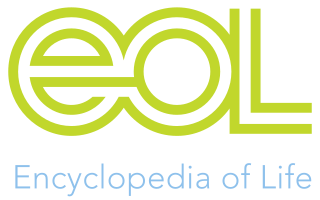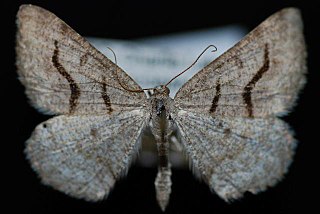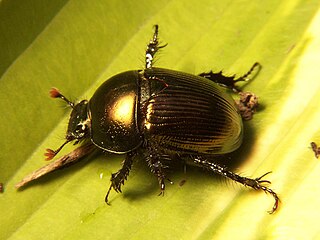
The Encyclopedia of Life (EOL) is a free, online collaborative encyclopedia intended to document all of the 1.9 million living species known to science. It is compiled from existing databases and from contributions by experts and non-experts throughout the world. It aims to build one "infinitely expandable" page for each species, including video, sound, images, graphics, as well as text. In addition, the Encyclopedia incorporates content from the Biodiversity Heritage Library, which digitizes millions of pages of printed literature from the world's major natural history libraries. The project was initially backed by a US$50 million funding commitment, led by the MacArthur Foundation and the Sloan Foundation, who provided US$20 million and US$5 million, respectively. The additional US$25 million came from five cornerstone institutions—the Field Museum, Harvard University, the Marine Biological Laboratory, the Missouri Botanical Garden, and the Smithsonian Institution. The project was initially led by Jim Edwards and the development team by David Patterson. Today, participating institutions and individual donors continue to support EOL through financial contributions.

iNaturalist is a citizen science project and online social network of naturalists, citizen scientists, and biologists built on the concept of mapping and sharing observations of biodiversity across the globe. iNaturalist may be accessed via its website or from its mobile applications. Observations recorded with iNaturalist provide valuable open data to scientific research projects, conservation agencies, other organizations, and the public. The project has been called "a standard-bearer for natural history mobile applications."
Bolbocerosoma pusillum is a species of beetle in the family Bolboceratidae. It is found in North America.

Bolboceratinae is a subfamily of earth-boring scarab beetles in the family Geotrupidae. There are about 8 genera and at least 40 described species in Bolboceratinae.
Parochodaeus is a genus of sand-loving scarab beetles in the family Ochodaeidae. There are more than 20 described species in Parochodaeus.

Bolbocerosoma tumefactum is a species of earth-boring scarab beetle in the family Geotrupidae. It is found in North America.
Bolbocerosoma lepidissimum is a species of earth-boring scarab beetle in the family Geotrupidae. It is found in North America.
Bolbocerosoma confusum is a species of earth-boring scarab beetle in the family Geotrupidae. It is found in North America.
Bolbocerosoma bruneri is a species of earth-boring scarab beetle in the family Geotrupidae. It is found in North America.
Bolbocerosoma hamatum is a species of earth-boring scarab beetle in the family Geotrupidae. It is found in North America.
Eunica tatila, the Florida purplewing, is a species of tropical brushfoot in the butterfly family Nymphalidae. It is found in North America.

Digrammia rippertaria, the northern granite, is a species of geometrid moth in the family Geometridae. It is found in Europe & Northern Asia and North America.
Urbanus doryssus, the white-tailed longtail, is a species of dicot skipper in the butterfly family Hesperiidae. It is found in Central America, North America, and South America.

Historis acheronta, the tailed cecropian, is a species of crescents, checkerspots, anglewings, etc. in the butterfly family Nymphalidae.
Ipelates is a genus of primitive carrion beetles in the family Agyrtidae. There are at least four described species in Ipelates.
Staphylus mazans, the mazans scallopwing, is a species of spread-wing skipper in the butterfly family Hesperiidae. It is found in Central America and North America.
Lycaena xanthoides, the great copper, is a species of copper in the butterfly family Lycaenidae. It is found in North America.
Aeshna clepsydra, the mottled darner, is a species of darner in the dragonfly family Aeshnidae. It is found in North America.

Psychoda is a genus of moth flies in the family Psychodidae. There are more than 400 described species in Psychoda.







